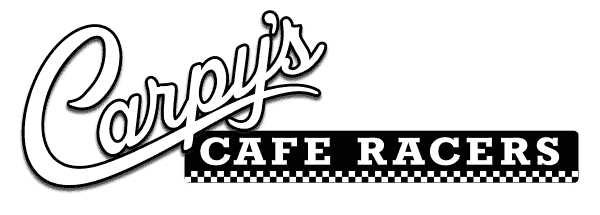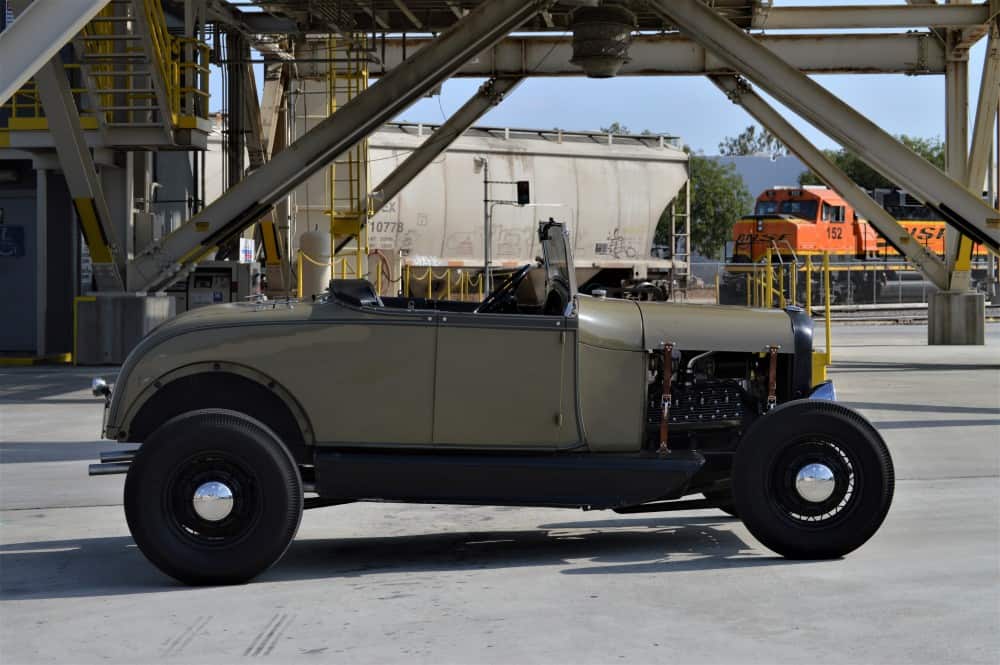Ford Flathead V8 Engine History Many people mistakenly believe that the Ford flathead V-8 was the first V-8 engine. It proved to be extremely popular until the overhead valve engines arrived and was the first V-8 readily available to the masses, but it was not the first. Léon Levavasseur took out the first patent for […]
Tag Archives: Henry ford
Well, Hot Rods really are never finished, you just continue to wrench, change looks and idea’s etc and thats what I love about Hot Rodding, My 1928 Ford Roadster is no Show ride, it is no super high Dollar Performance machine, nor is it a trailer Queen either. What it is, well- To me anyways, […]
I have been into Hot Rods for Many many years, I stopped counting after the 3rd decade and, being a Brit, I dreamed of living in the Great USA and having my Own Roadster and eventually take a drive on the Dry lake at El Mirage. I grew up in London, then moved as […]



